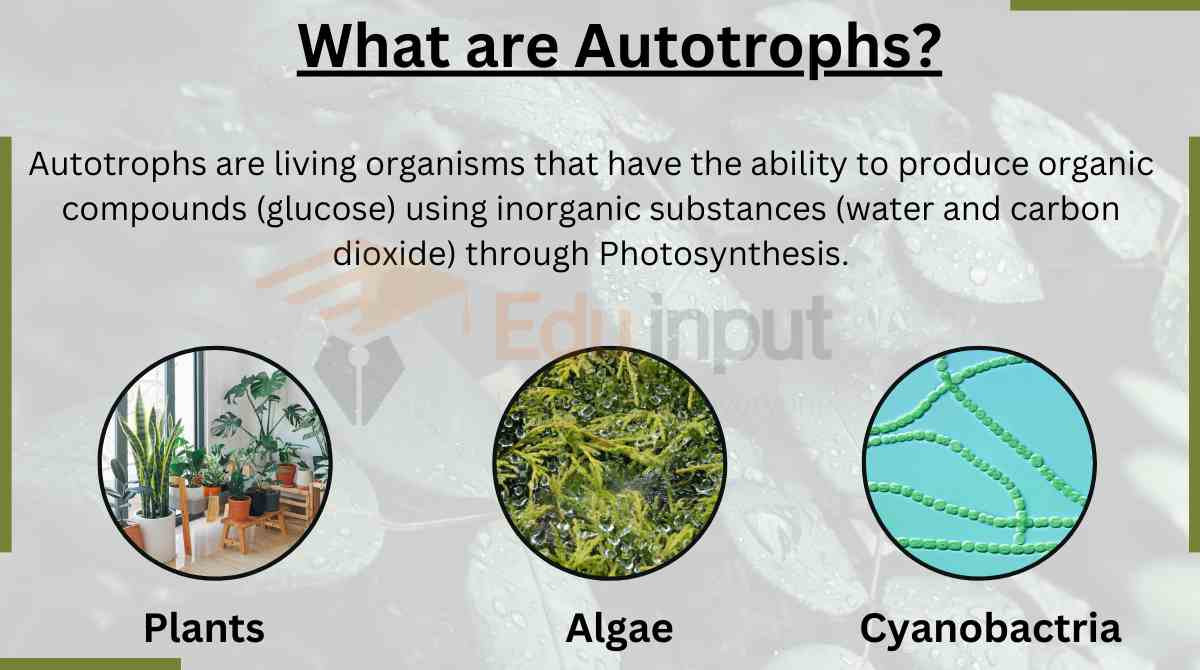Fluid Feeding-An Overview | Fluid Feeding in Different Organisms
Fluid feeding refers to the ingestion of liquid nutrients. Invertebrate animals such as insects, crustaceans, mollusks, and annelids feed primarily on fluids rather than solids. Fluid feeding is essential to the survival of these organisms because they cannot store energy in the form of fats or carbohydrates. They rely entirely on the intake of liquids to fuel their growth.
What is Fluid Feeding?
Feeding on the biological fluid of animals and plants is called fluid feeding. The biological fluids of animals and plants are a rich source of nutrients. Fluid feeding is a method of nutrition where animals consume food or liquid directly from their environment. This type of feeding is common in aquatic animals such as fish, amphibians, crustaceans, mollusks, and insects.
Fluid feeding is a natural behavior that has evolved over millions of years. Invertebrate species feed using a variety of methods, including suction, absorption, and ingestion.
Examples Of Fluid Feeders
Here are some examples of fluid-feeding organisms:
Nematodes:
Fluid feeding is characteristic of some parasites like intestinal nematodes. It bites and rasps off host tissue or sucks blood.
External Parasite:
External parasites (ectoparasites) like leeches, ticks, mites, lampreys, and certain crustaceans have a variety of mouthparts. These mouth parts help them to feed on body fluids. For example, the sea lamprey has a funnel-like structure. It surrounds its mouth. The funnel is lined with 200 rasping teeth. It has a rasp-like tongue.
The lamprey uses the funnel as a suction cup. The fennel attaches lamprey to host fish. It rasps (makes) a hole in the body wall of fish with the help of its tongue. The lamprey then sucks blood and body fluids from the wound.
Insects:
Insects have highly developed sucking structures for fluid feeding. For example, butterflies, moths, and aphids have tube-like mouthparts. These parts enable them to suck plant fluids. Bloodsucking mosquitoes have complex mouthparts. They have piercing styles for sucking blood.
Birds:
Most pollen- and nectar-feeding birds have long bills and tongues. The bill is specialized for particular types of flowers. The tongues of some birds have a brush-like tip. Or it is hollow. It is used to collect the nectar from flowers. Other nectar-feeding birds have short bills. They make a hole at the base of a flower. They use their tongue to obtain nectar through the hole.
Vampire Bats:
Vampire bats are the only fluid feeder mammals. Desmodus is a vampire bat. It lives in tropical South and Central America. These bats attack birds, cattle, and horses. They have sharp front teeth. These teeth are used to pierce the surface blood vessels of the host. It then laps () at the wound. Nectar-feeding bats have a long tongue.
It extracts the nectar from flowering plants. It has reduced dentition. The nectar-feeding honey possum has a long, brush-tipped tongue. It has reduced dentition.





Leave a Reply